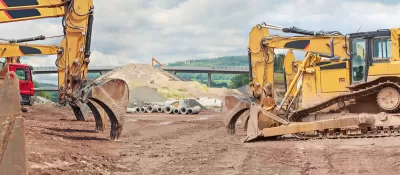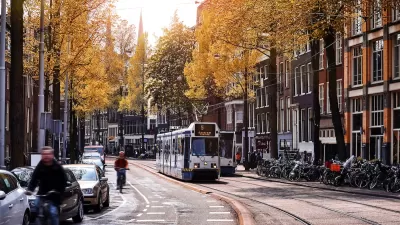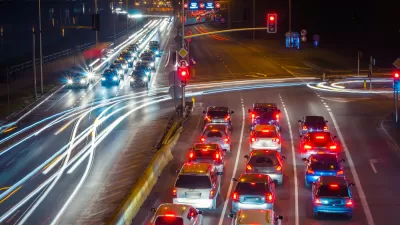It is time to reconsider assumptions about how much and how people want to travel. Per capita vehicle travel has saturated. Many people would prefer to drive less and rely more on non-auto modes, provided they are convenient and affordable.

Professor David Metz's new book, Travel Behaviour Reconsidered in an Era of Decabonisation, available free from University College London Press, challenges fundamental assumptions concerning how and how much people want to travel.
It argues that as transport networks mature the benefits of further expanded roadways decline. Over the past half-century, large public expenditures on roads and railways were justified by economic evaluations that placed high values on time savings provided by faster travel. However, average travel time has not changed over this period. People have taken the benefit of faster travel to expand where they travel, resulting in more sprawl and less accessibility — people must travel farther to reach desired services and activities.
The book critiques the methods used by transportation economists and governments to appraise investments and discusses better alternatives. It argues that the basis of orthodox transport economic analysis has been misconceived and a fresh perspective on economic analysis is now needed. It indicates that overall, most people would prefer transportation planning that increases accessibility with less mobility.
FULL STORY: Travel Behaviour Reconsidered in an Era of Decarbonisation

Montreal Mall to Become 6,000 Housing Units
Place Versailles will be transformed into a mixed-use complex over the next 25 years.

Planetizen Federal Action Tracker
A weekly monitor of how Trump’s orders and actions are impacting planners and planning in America.

DARTSpace Platform Streamlines Dallas TOD Application Process
The Dallas transit agency hopes a shorter permitting timeline will boost transit-oriented development around rail stations.

Study: 4% of Truckers Lack a Valid Commercial License
Over 56% of inspected trucks had other violations.

Chicago Judge Orders Thousands of Accessible Ped Signals
Only 3% of the city's crossing signals are currently accessible to blind pedestrians.

Philadelphia Swaps Car Lanes for Bikeways in Unanimous Vote
The project will transform one of the handful of streets responsible for 80% of the city’s major crashes.
Urban Design for Planners 1: Software Tools
This six-course series explores essential urban design concepts using open source software and equips planners with the tools they need to participate fully in the urban design process.
Planning for Universal Design
Learn the tools for implementing Universal Design in planning regulations.
City of Mt Shasta
City of Camden Redevelopment Agency
City of Astoria
Transportation Research & Education Center (TREC) at Portland State University
US High Speed Rail Association
City of Camden Redevelopment Agency
Municipality of Princeton (NJ)





























